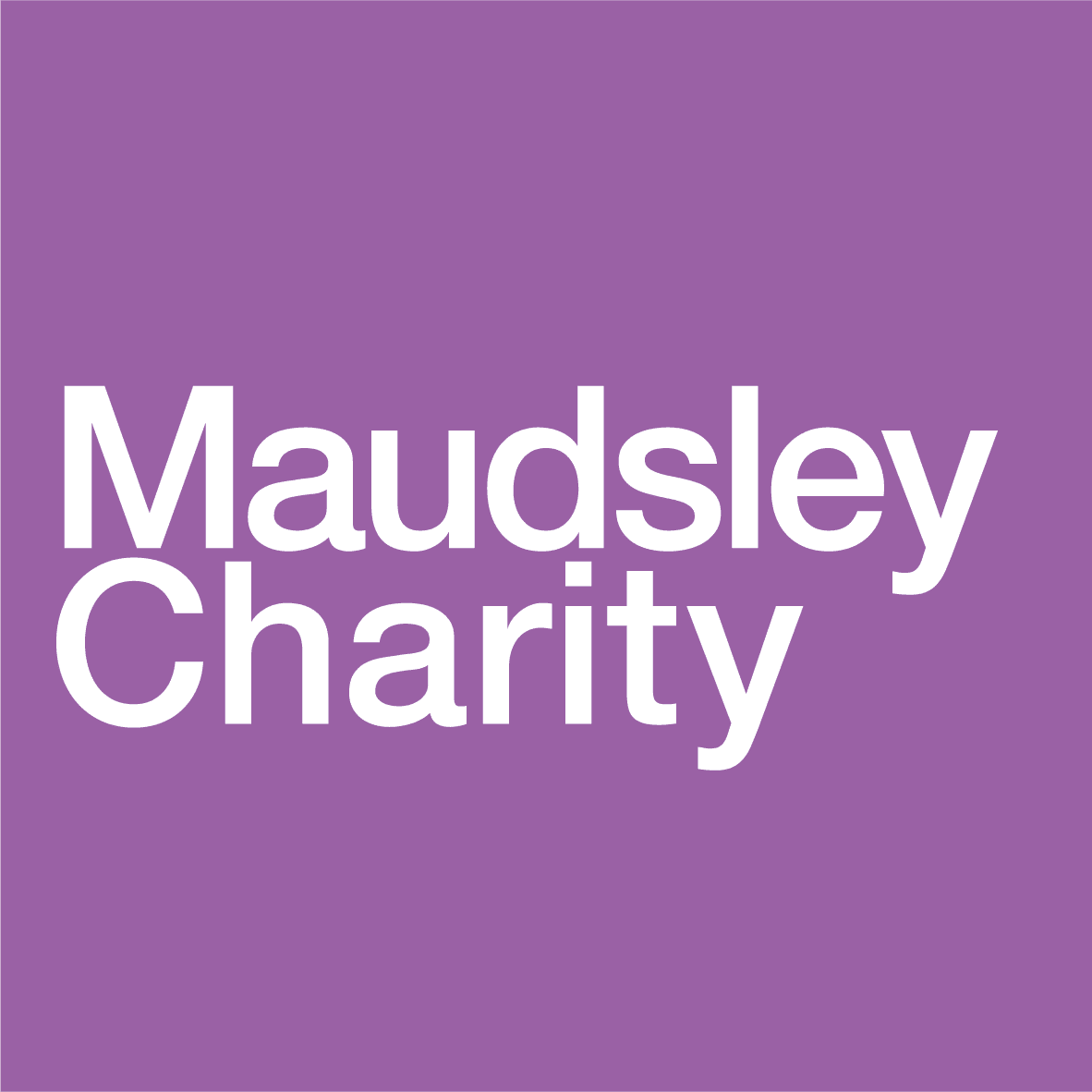What happens when funders invest in collaboration?
How Building Brighter Futures embedded collaboration and co-production into funding design
With more children and young people experiencing mental health difficulties and many facing long waits for clinical assessment and treatment, trusted voluntary and community organisations can play a vital role alongside the NHS.To support more collaborative working across the mental health sector, Maudsley Charity created the £10 million, Building Brighter Futures fund. Bringing together the NHS, community organisations, and researchers across four south London boroughs to develop ambitious solutions for 10–19-year-olds with emerging mental health difficulties living in challenging circumstances facing complex difficulties.
What set the programme apart was a ten-month investment in connection and co-production before any full grants were made. This gave partners time and resources to understand each other’s roles, build trust, and co-design responses with children, young people and their families/carers, making the projects more grounded, collaborative, and relevant.
In this blog, we share what we’ve learnt through this process, and what lessons funders everywhere can take about how to invest in collaboration.
Sonakshi Anand, Senior Researcher, IVAR and Georgina Chatfield, Programme Manager – Young People, Maudsley Charity
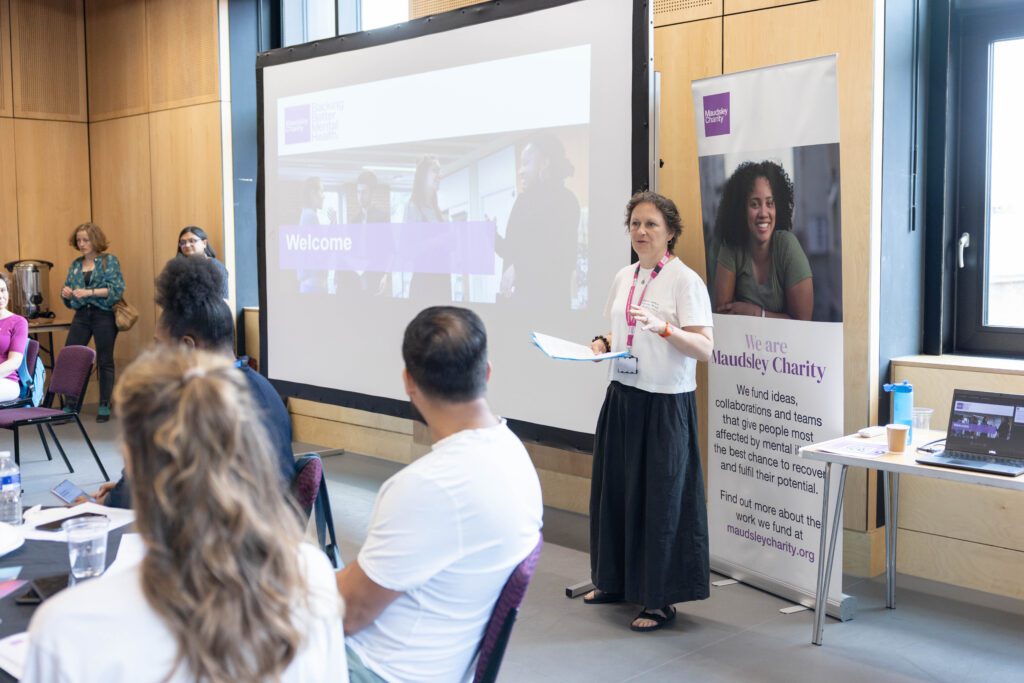
How Funders can Design for Collaboration
For funders, the learning is clear: designing for collaboration means investing not just in outputs but in the process itself. This includes the conversations, the convening, the trust, the co-production, and the capacity for organisations to learn together. It shows that thoughtful design can shift the power balance, enable smaller organisations to take part, and create stronger, more relevant solutions for children and young people.
Create space before delivery (and invest in it!)
Collaboration takes time – and often money. Funders need to be visible and accessible, and to invest in the early stages, such as connection workshops, conversations, and trust-building, before expecting detailed delivery plans. Dedicated funding for co-production gives organisations the breathing room to involve children, young people and their families/carers properly, to test and adapt their ideas in collaboration.
This programme kicked off with connection workshops across four boroughs, bringing together 190 people from 113 organisations in community venues. For many, it was the first time they’d sat down as NHS providers, community organisations and researchers, to meet each other – the people behind the system – sparking new ideas and allies, a chance to identify the issues together, understand each other’s varied perspectives, share knowledge and expertise as equals. We were aiming to make the experience genuinely useful and enjoyable, no matter the outcome.
Shortlisted applicants were offered an optional grant up to £15,000 and a six months development phase. This was focused on partnership development and co-production involving children, young people and their families/carers alongside wider, relevant stakeholders. Many described this opportunity as the first time they’d had dedicated funding for this, and the impact was profound.
We heard from community organisations that the Building Brighter Futures approach created space to try things they often can’t under conventional funding. It meant they could test ideas, adapt quickly, and deepen their understanding without the usual delivery pressure:
"It benefitted us on all three counts – partnership, project development, and co-production."

Invest in relationships
Partnerships don’t grow out of goodwill alone. Sometimes organisations need active support to make the right connections. Maudsley Charity intentionally supported this process, spotting shared interests, introducing potential partners, carefully sharing contact details. Many of these connections grew into successful partnerships and EOIs.
Practice details matter too: covering staff costs, travel, and hosting workshops in community spaces, thoughtful and generous catering, all help relationships develop. These level the playing field so smaller organisations can participate fully and contribute to the collaboration on an equal footing. Organisations told us that they had the time to invest in developing new and innovative projects with partners, as well as to network with others. The programme helped to create relationships that may bear fruit even if the full grant was not secured:
"It enabled us to get to know each other more fully, and to involve other stakeholders and services to get their buy-in and support."
Build inclusion and flexibility into every stage
Inclusion can’t be an add-on; it has to be designed in from the start. For Building Brighter Futures, that meant being intentional about the range of organisations and risk factors that partnerships should focus on; creating a proportionate application process and inviting young people and a wider set of reviewers into the assessment process to bring diverse perspectives and collective intelligence into the room.
"Basically, all the projects have children involved and if you wanted to pick the best one, then you need a child’s point of view"
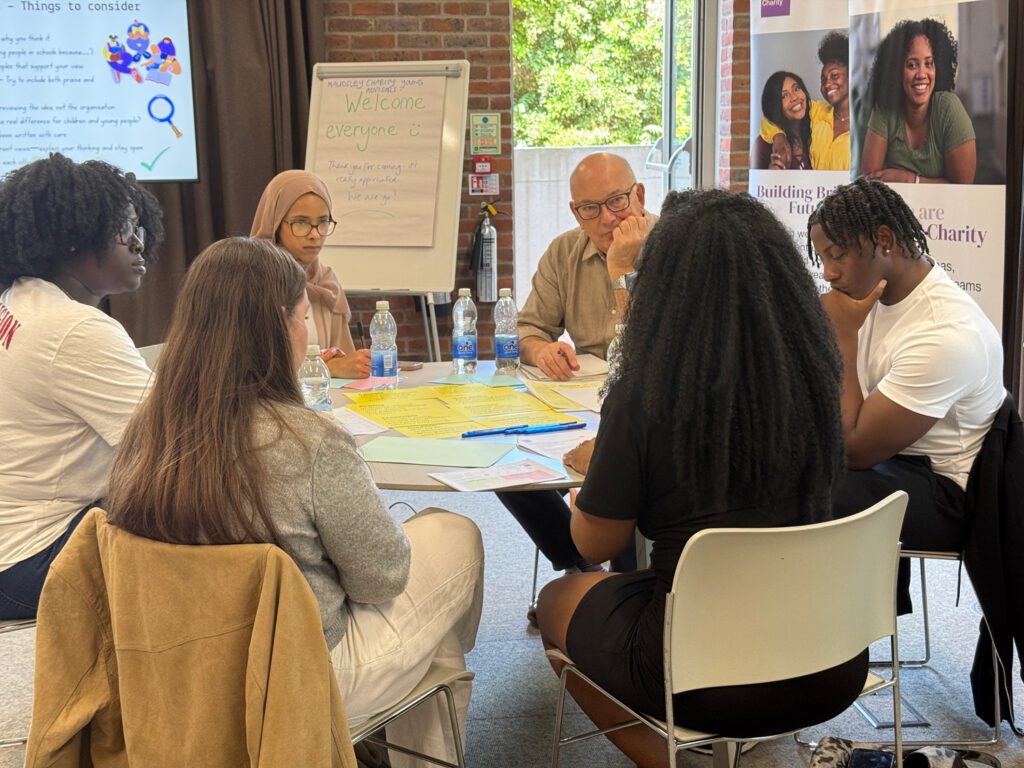
Flexibility mattered just as much. Maudsley Charity anticipated receiving 50 EOIs but got 90; expected to fund around a dozen development grants but on seeing the potential to support more partnership working, backed 24. Instead of holding rigidly to the plan, the team flexed the process, adjusted expectations with applicants, and still kept to the published timetable.
Bring in a neutral support partner
Power dynamics are real, and applicants notice them. In this programme, IVAR acted as an independent support partner, running drop-ins and hosting one-to-ones so partnerships could work through challenges. This gave applicants a safe space to be honest, and helped maintain focus on navigating collaboration rather than competition. For Maudsley Charity, IVAR’s role was critical: it balanced power dynamics and created spaces that didn’t feel ‘funder-influenced’:
IVAR’s collaboration and co-production support role helped Maudsley Charity to act as a supportive partner, mindful of the realities of partnership working, and helped create enabling environments we want to be known for.
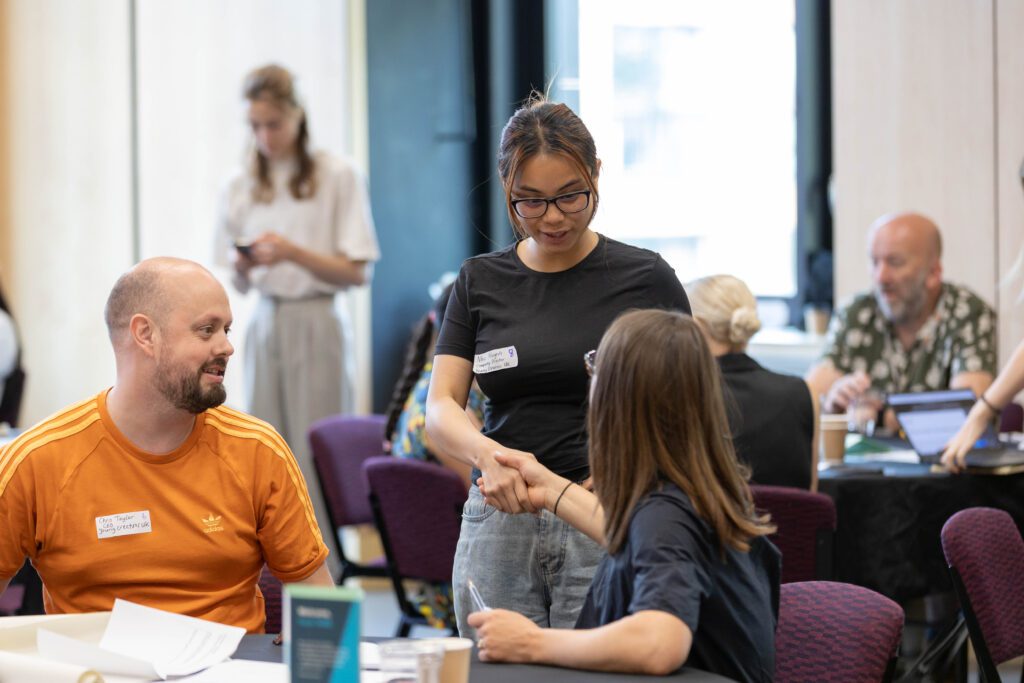
Language matters
Even when collaboration is working, clinical terminology and system jargon can alienate community groups. Some applicants described the effort needed to ‘disentangle the meaning of poor mental health and prevention’ in a youth work context. Simplifying language isn’t just about style; it is a practical step towards inclusion that leads to new ways of thinking.
Strong questions, strong bids
The questions funders ask can help shape the quality of the applications they receive. It is important to get them right. In Building Brighter Futures, the intention was to design application questions aligned to the programme focus, that were proportionate, avoided bias, and encouraged partnerships to think about who and how they’d work together, what they had learnt, and what their intended outcomes would be – not just on delivery plans. In shaping the questions carefully however, it meant that the Maudsley Charity team took longer than anticipated before being able to share the questions in advance.
Our aim was that the application questions should spark deeper conversations within partnerships and better bids as a result. The strongest proposals showed how learning from the development phase had been taken on board and practical steps projects would undertake to ensure targeted children and young people and families would engage.
Value the process as much as the outcome
Not every idea will be funded, and not every partnership will click. That doesn’t mean the investment was wasted. Far from it, the process itself creates value by building stronger networks and relationships, generating new insights, and leaving organisations more confident, informed and better connected for the next opportunity.
"It gave us time to invest in developing a new and innovative project amongst new partners. It also gave time for networking with others interested in this work, partnerships that I hope will bear fruit even if we are unsuccessful with the grant."
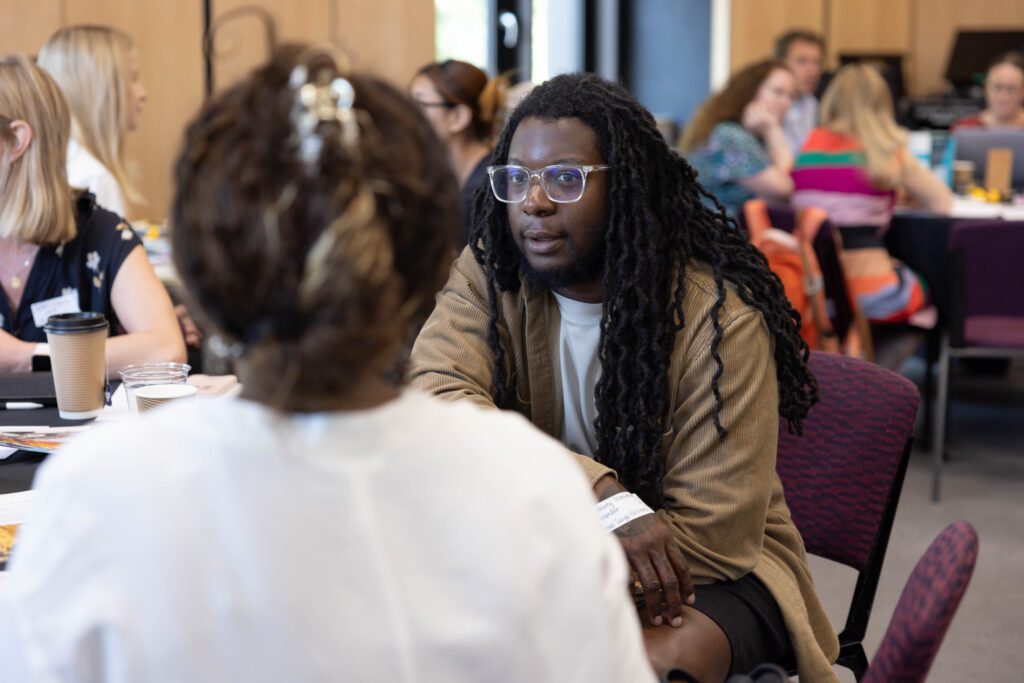
Final takeaway from this work, is that if we want better futures for children and young people, funders have to back not just projects, but in the conditions that make collaboration possible: time, trust and relationships. Funders have to design for a collective, holistic approach that values different forms of expertise.
And that means resourcing the time, trust, and valuing all the relationships needed for bold and new ideas to grow.
Through Building Brighter Futures, 11 partnership projects are being funded – over £7.5million committed to improve children and young people’s mental health – the biggest single tranche of funding from the charity to date.
Read more about these 11 projects involving approximately 50 organisations in Southwark, Lambeth, Lewisham and Croydon.
-
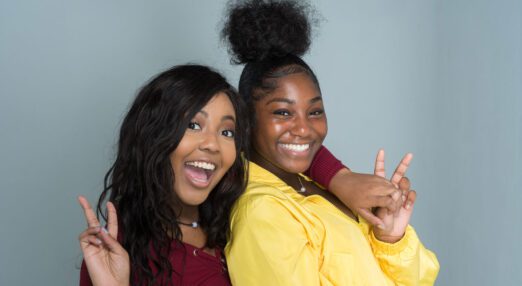
Building Brighter Futures £7.5m funding awarded
Maudsley Charity has awarded £7.5m to 11 projects involving approximately 50 organisations in Southwark, Lambeth, Lewisham, and Croydon through its Building Brighter Futures programme.
Read more
-
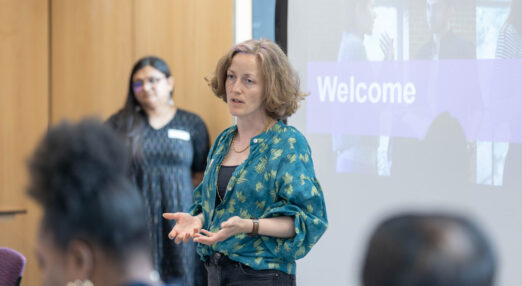
Addressing the complexity of mental healthcare and support
How Maudsley Charity is becoming an inclusive grant-maker.
Read more
-
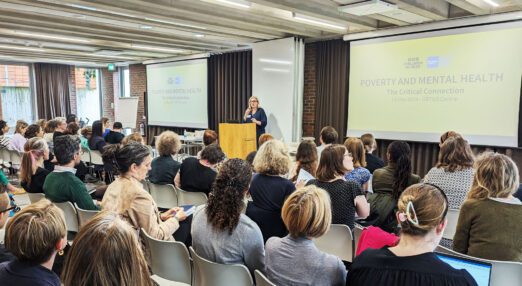
The intersection between poverty and mental health
Maudsley Charity recently ran an event, in partnership with Children in Need, looking at the intersection between poverty and mental health.
Read more
